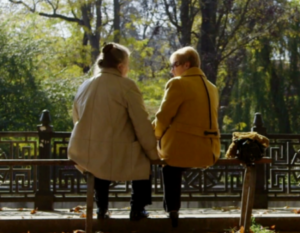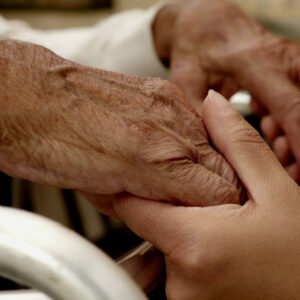The Power of Reflexology in Home Hospice Care in Westchester County
Hospice care focuses on providing comfort, dignity, and relief from pain for patients facing terminal illnesses. In addition to medical treatments, complementary therapies such as reflexology can offer profound physical, emotional, and mental benefits. Reflexology, a specialized touch therapy, is a gentle, non-invasive technique that promotes relaxation and helps manage discomfort.
therapy, is a gentle, non-invasive technique that promotes relaxation and helps manage discomfort.
What is reflexology? How does this help patients in Westchester in home hospice care?
Reflexology is the application of pressure, stretching, and movement to specific areas of the feet and hands to stimulate corresponding parts of the body. Reflexologists view these areas as a mirror image of the body’s internal systems, meaning that targeted pressure can break up stress patterns, relieve tension, and promote overall well-being.
This therapy is based on the principle that the body’s organs and systems are connected through energy pathways. By working on reflex points, practitioners help restore balance, improve circulation, and encourage the body’s natural healing response.
What are the benefits of reflexology for those in Westchester County in home hospice care?
For individuals receiving Westchester county home hospice care, reflexology provides several key advantages:
- Pain management: Reflexology can help ease chronic pain by promoting the release of endorphins, the body’s natural painkillers. Patients who experience discomfort due to illness, inflammation, or muscle tension often find relief through this therapy.
- Stress and anxiety reduction: Many hospice patients and their families experience high levels of emotional distress. Reflexology induces deep relaxation, reduces cortisol levels, and encourages a sense of calm, improving the patient’s overall well-being.
- Improved circulation: The gentle manipulation of pressure points enhances blood flow, which helps deliver oxygen and nutrients to vital organs and tissues. This can be particularly beneficial for bedridden patients.
- Digestive support: Many hospice patients struggle with digestion due to medications or illness. Reflexology stimulates digestive reflexes, which may help relieve nausea, bloating, and constipation.
- Enhanced sleep quality: Relaxation techniques used in reflexology can aid patients who suffer from insomnia, allowing them to experience deeper and more restorative rest.
Who performs reflexology?
Reflexology is typically performed by trained professionals, such as licensed massage therapists or certified reflexologists. Some Westchester hospice agencies may incorporate this therapy into their holistic care plans, ensuring that patients receive gentle and compassionate treatment from skilled practitioners.
Reflexology techniques used in private hospice
Reflexologists use a variety of techniques to provide relief, including:
- Thumb walking: Applying gentle pressure using the thumb to work through different reflex zones.
- Rotational movements: Circular movements on specific points to release tension.
- Finger pressing: Applying sustained pressure to areas corresponding to major organs.
- Gentle stretching: Used to promote flexibility and relaxation.
Each session is tailored to the patient’s needs and comfort level, making it a valuable therapy.
Reflexology serves as an excellent complementary therapy to traditional hospice care, providing relief without medication and enhancing the patient’s overall quality of life. Whether used in private hospice settings or in a Westchester county hospice provider program, this therapy offers a compassionate way to ease suffering and promote comfort.
For more information on reflexology in hospice care, check out this external resource from the National Center for Complementary and Integrative Health (NCCIH): NCCIH Reflexology Overview.

 of their homes. One family’s story of gratitude highlights the compassionate services Jansen offers, underscoring the difference hospice care can make.
of their homes. One family’s story of gratitude highlights the compassionate services Jansen offers, underscoring the difference hospice care can make. Our hospice providers curate personalized care for the terminally ill, emphasizing comfort and dignity. Here at Jansen Hospice & Palliative Care, a leading
Our hospice providers curate personalized care for the terminally ill, emphasizing comfort and dignity. Here at Jansen Hospice & Palliative Care, a leading
